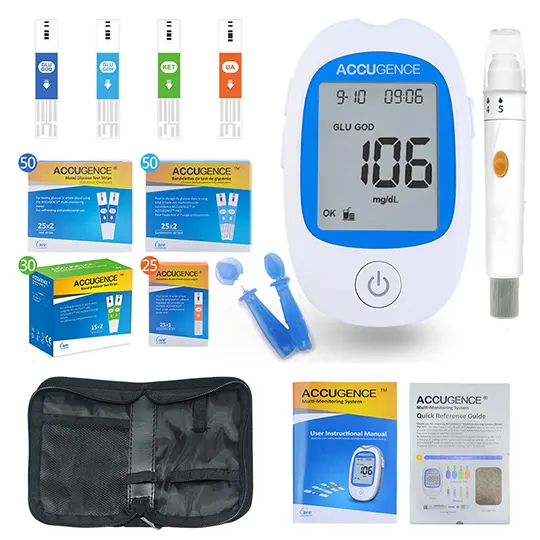hepatitis a vaccine inactivated (Havrix, Vaqta)
Classes: Vaccines, Inactivated, Viral; Vaccines, Travel
Dosing and uses of Vaqta, Havrix (hepatitis a vaccine inactivated)
Adult dosage forms and strengths
injection
- 50 units/mL (Vaqta adult dose)
- 1440 ELISA units/mL (Havrix adult dose)
Hepatitis A Immunization
Indicated as active immunization against hepatitis A virus (HAV) for any person seeking protection, and persons with the following risks: men who have sex with men, IV or non-IV illicit drug abusers, chronic liver disease, international travelers, close contact with an international adoptee, persons working with HAV-infected primates or HAV in lab setting
2-dose vaccination series: 1 mL IM; separate the 2 doses by 6-18 months (ACIP guidelines); Havrix labeling states separating the dose by 6-12 months
Additional Information
Up-to-date vaccination schedules available at https://www.cdc.gov/vaccines/default.htm
Pediatric dosage forms and strengths
injection
- 25 units/0.5 mL (Vaqta pediatric dose)
- 720 ELISA units/0.5mL (Havrix pediatric dose)
Hepatitis A Immunization
Indicated as routine vaccination for children at least 12 months of age (ACIP guidelines)
<12 months: Not indicated
Routine vaccination (2-dose series): 0.5 mL IM initiated at aged 12 through 23 months; separate the 2 doses by 6-18 months (ACIP guidelines); Havrix labeling states separating the dose by 6-12 months
Children who have received 1 dose before age 24 months, should receive a second dose 6-18 months after the first dose
Catch up schedule
- For any person ≥2 yr who has not already received hepatitis A vaccine series, give 2 doses separated by 6-18 months if immunity against hepatitis A virus infection is desired
- Minimum interval between the 2-dose series is 6 months
Vaqta, Havrix (hepatitis a vaccine inactivated) adverse (side) effects
Suspected adverse events after administration of any vaccine may be reported to Vaccine Adverse Events Reporting System (VAERS), 1-800-822-7967
>10%
Injection site tenderness (3-56%), erythema (1-22%), warmth (1-17%), swelling (9-11%)
Irritability (11-36%)
Anorexia (1-19%)
Drowsiness (15-17%)
Headache (1-16%)
Fever > 100.4 F (9-11%)
1-10%
URI (1-10%)
Otitis media (8%)
Rhinorrhea (6%)
Diarrhea (1-6%)
Cough (1-5%)
Rash (1-5%)
Weakness/fatigue (4%)
Vomiting (1-4%)
Fever > 102 F (3%)
Crying (2%)
<1%
Hematoma
Incr. CPK
Photophobia
Vertigo
Warnings
Contraindications
Documented hypersensitivity
Cautions
First dose at least 2 wk before exposure to HAV
Current exposure to HAV: may co-administer Ig
Pregnancy and lactation
Pregnancy category: C
Lactation: not established
Pregnancy categories
A: Generally acceptable. Controlled studies in pregnant women show no evidence of fetal risk.
B: May be acceptable. Either animal studies show no risk but human studies not available or animal studies showed minor risks and human studies done and showed no risk.
C: Use with caution if benefits outweigh risks. Animal studies show risk and human studies not available or neither animal nor human studies done.
D: Use in LIFE-THREATENING emergencies when no safer drug available. Positive evidence of human fetal risk.
X: Do not use in pregnancy. Risks involved outweigh potential benefits. Safer alternatives exist.
NA: Information not available.
Pharmacology of Vaqta, Havrix (hepatitis a vaccine inactivated)
Mechanism of action
Attenuated strain of hepatitis A virus (HAV) which stimulates active immunity
Onset: 4 wk
Duration: unknown
These products convey active immunity via stimulation of production of endogenously produced antibodies
The onset of protection from disease is relatively slow, but duration is long lasting (years)


